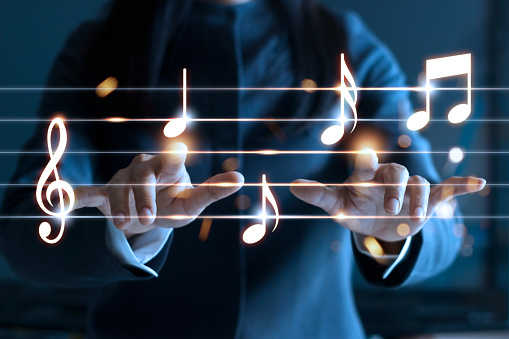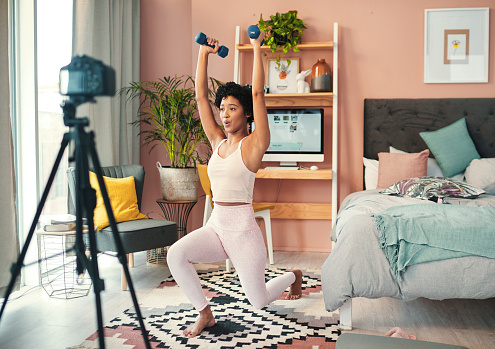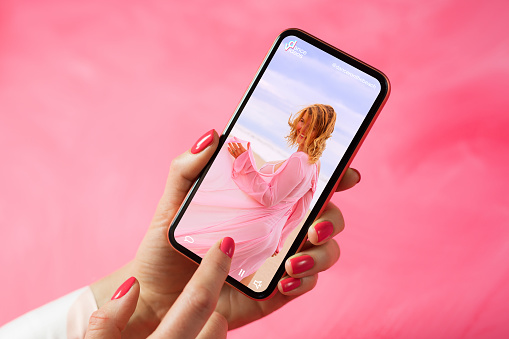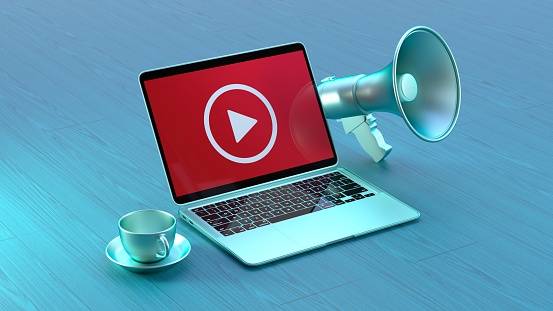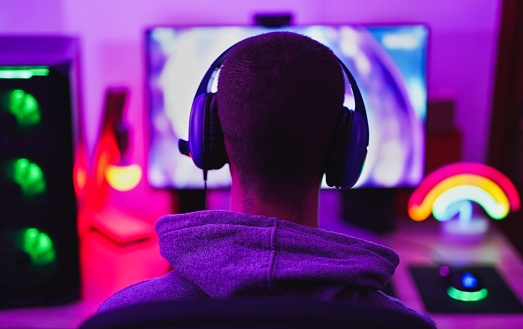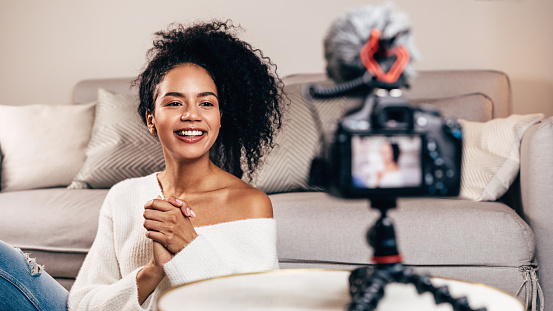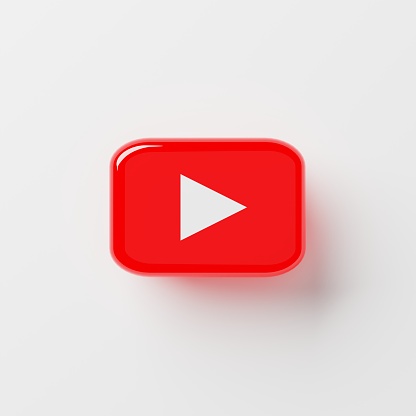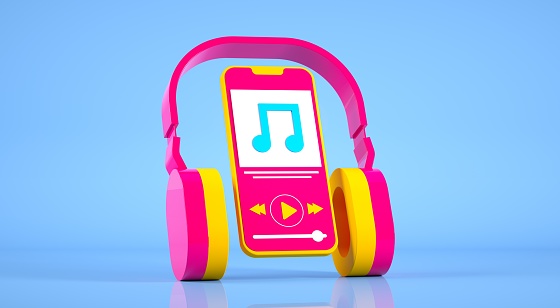Tips to avoid Copyright strikes on youtube
If you are on Youtube and if you are a creator, then you know how it troubles the creators to get their videos a copyright claim from the youtube community. Days and maybe months of effort and hard-work all get wasted when the video we try to make doesn’t get to the target audience and it claims a copyright strike. But, how can we escape these copyright strikes? Don’t worry because this article will cover everything about how you can avoid copyright strikes/claims on your youtube video.
Copyright strikes can spell disaster for any content creator. Accumulating three of these can render any channel subject to termination. Worse, the user of the terminated channel loses all access to said channel, associated channels, as well as the ability to make a new one.
The good thing is, YouTube does allow copyrighted content if it is considered to be fair use such as news, commentary, or research. Still, uploading videos with copyright-protected material may result in a copyright strike if you aren’t careful.
So, Here are some tips on how to avoid copyright strikes on your YouTube channel.
1. Upload Transformative Contents :
If you make your youtube contents very much transformative and visual, then there are high chances that your videos can pass the copyright claims. Transform the content that you use for your channel. The last thing you want to do is directly copy the source material of what you use. By adding a new expression or meaning to the original, you can provide content that isn’t at risk of a copyright strike.
The most common example of this is a reaction video. Many content creators record themselves reacting to content from other creators, TV shows, movies, and music. You can also do parodies, offer a genuine critique, or provide general commentary of the content you have in mind.
2. Don’t rely on Disclaimers or giving credits :
Giving disclaimers or credits at your video description box doesn’t do anything. This will not escape you from the copyright issue as it doesn’t make it permissible to use copyright contents.
Fair use is a legal doctrine that says you can only reuse copyright-protected material under certain circumstances without permission. You may feel inclined to think that attribution to the creator relieves you of any culpability. But, transformativeness is the key. Giving credit where it’s due doesn’t bypass this, nor does it give you permission to use others’ work.
Disclaimers won’t protect you from a copyright strike either. Claiming “fair use,” “no infringement intended,” or using the content for “entertainment” or “non-profit use” won’t cut it. YouTube can still choose to flag your video if you outright use someone else’s content.
3. Keep Short clips from others:
You can take/borrow short clips from other youtuber’s channels and include them in your video. That doesn’t claim you a copyright strike. Focus on borrowing small snippets of material from an original work. One of the four factors in determining fair use is how much material is used in relation to the copyrighted work. Using short clips is better considered fair use, though keep in mind that the content you use still needs to be transformative. For example, if the content you borrow still lacks new expression, YouTube is less likely to see it as fair use regardless of how little you reference.
On the other hand, if you’re borrowing content to make a new point, it’s more likely to be considered fair use. One great example is a video essay. Content creators in this niche often use several short film clips with the intention of expressing a theme or genre.
4. Refer to Youtube audio Library for free-copyright Music :
In the audio library in the youtube studio, you can find royalty-free production music and sound effects that you could use in your own youtube videos. Music can be a common reason behind many copyright strikes, as YouTube’s Content ID system flags them quickly.
Thankfully, the YouTube Audio Library is a great resource. It’s a channel dedicated to publishing free sounds for content creators to use. They don’t provide any visuals, though it’s a great place to find all kinds of sound effects and music across different genres.
Youtube has a lot of potential and it’s up to us how we use it. You can use and follow these tips and strategies to avoid copyright claims in your video.
Related Posts
